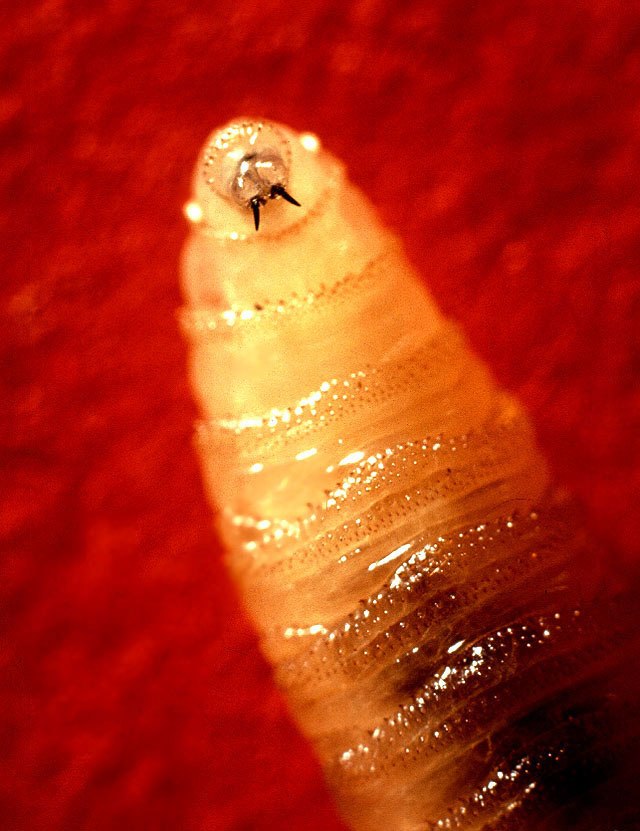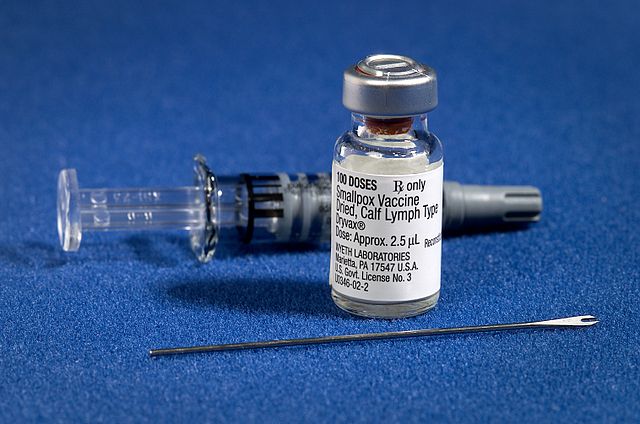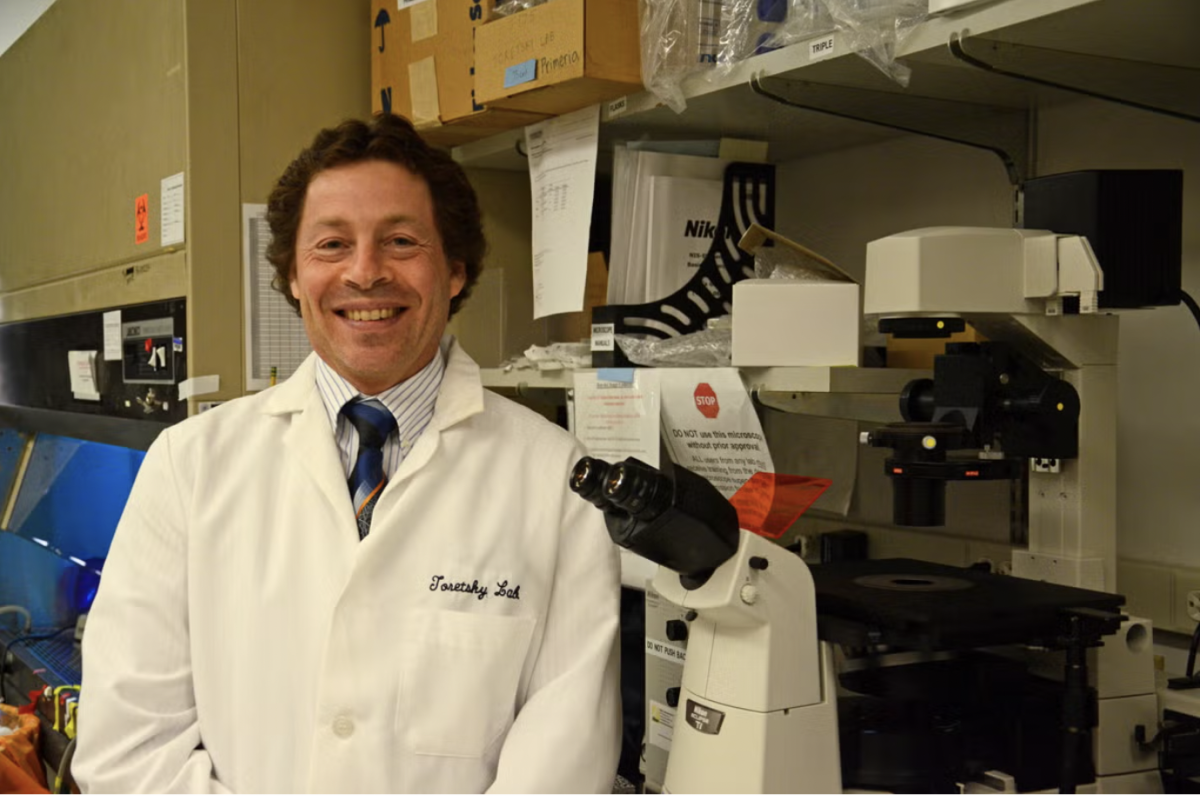A Maryland resident was diagnosed with myiasis, a parasitic infestation caused by the flesh-eating New World screwworm (NWS) larvae, as confirmed on Aug. 4 by the U.S. Department of Health and Human Services.
The patient recently traveled to Central America — a region that has been experiencing an increase in myiasis cases since 2023 — and has since recovered from the infection. While myiasis primarily affects livestock, the parasite also targets humans, raising potential public health and economic concerns.
Myiasis occurs when fly larvae, such as those of the NWS fly, infest living tissue of mammals. Screwworm flies are drawn to the smell of open wounds or natural openings such as the eyes, nose and mouth, where they lay their eggs. Once hatched, the larvae feed on living flesh, causing pain, tissue damage and potential infection before dropping to the ground to mature into adult flies.
The NWS was considered to be eradicated in the United States by the 1960s, following a successful program that released sterilized male flies into the environment to reduce the population. A sterile fly facility is maintained in Panama to act as a buffer and prevent the spread of flies from Central America. However, small outbreaks have occurred since, including a 2016 outbreak in the Florida Keys that endangered wild and domestic animals.
Maria Schneider, an adjunct professor at Georgetown University’s department of global health with nearly 20 years of experience at the Pan American Health Organization, said myiasis, though not cause for concern, still poses risks to humans and livestock.
“The risk of NWS being reintroduced exists because you can import animals, and people travel to the countries that still present with this public health issue,” Schneider told The Hoya. “For this reason, awareness and outreach are very important, but you don’t need to alarm people.”
Schneider added that this case demonstrates the importance of a “One Health” approach, which emphasizes surveillance and coordination across disciplines in zoonotic public health emergencies such as myiasis.
“Human beings are connected with animals, we share an environment with animals, and everything is connected,” Schneider said. “We need to understand that connectedness, and we need to work in collaboration between disciplines like veterinary science, biology and human science because we need to understand how these things work.”
Claire Standley, another professor in the department of global health, similarly said collaboration is essential for public health and disease prevention.
“Coordination is important particularly for surveillance and case finding — identification of cases in livestock should mean that humans are alert to signs of infection, and vice versa,” Standley wrote to The Hoya.
Standley added that, while humans can be affected, it is important to remember that outbreaks mainly devastate the livestock and economy.
“Humans are generally more of an incidental host — myiasis is more important, from a health and economic perspective, in livestock and dogs,” Standley wrote.
To protect the economy, food supply and livestock, the United States invested $8.5 million into a new, domestic sterilized fly facility in southern Texas, and has already spent $21 million to renovate an existing facility in Mexico.
Kevin Lee (SOH ’28), a pre-medical student at Georgetown, said he is reassured by the new preventive measures and notes the importance of prevention and awareness.
“I’m relieved that the patient was able to be treated quickly, and it’s reassuring to know the U.S. is adding a domestic facility to prevent further outbreaks,” Kevin said to The Hoya. “It is important to know that while cases like this can be concerning, being aware and taking preventive measures like covering wounds and wearing long sleeves can go a long way.”
Standley said that, despite the minimal threat to human and livestock welfare, ongoing policy decisions by the U.S. government raise concerns about the nation’s future global health initiatives.
“The risk to humans and animals in the U.S. remains very low!” Standley wrote. “But this case is an important reminder that diseases don’t know borders — supporting other countries in strengthening surveillance and detection of zoonotic diseases has been an important aspect of the U.S.’ approach to protecting its own population, at least until this year.”
“The cuts made to U.S. global health assistance overseas will have consequences, and put us at risk of new epidemics like NSW,” Standley added.







